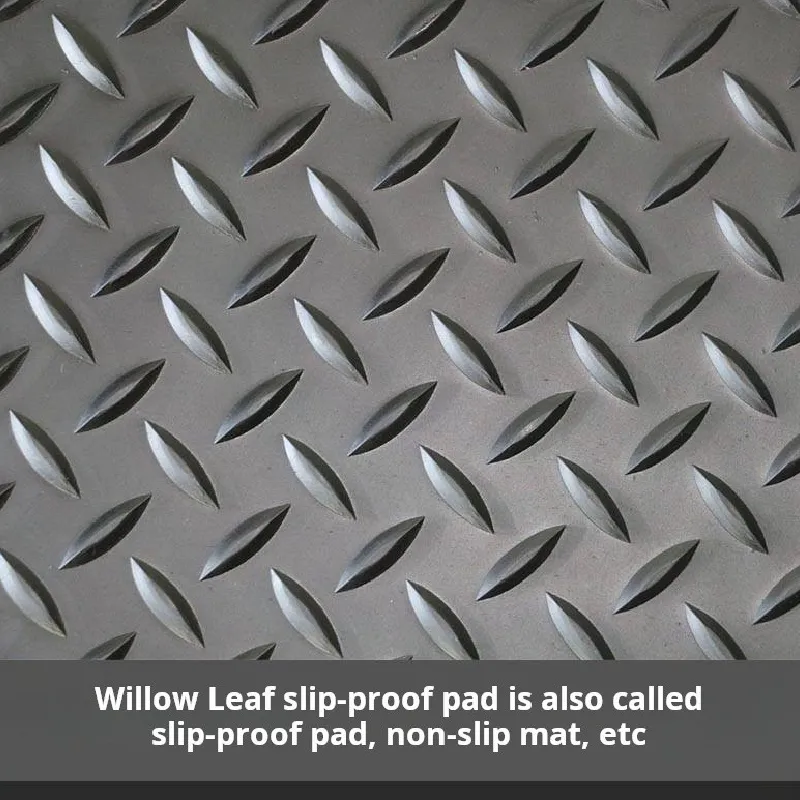sliding door rubber seal strip
Sliding Door Rubber Seal Strip Enhancing Comfort and Efficiency
In modern architecture and interior design, sliding doors have gained immense popularity due to their space-saving functionality and aesthetic appeal. However, one aspect that can greatly affect the performance of sliding doors is the seal used around them. Enter the sliding door rubber seal strip—a small yet significant component that plays a crucial role in ensuring comfort, energy efficiency, and overall satisfaction with the installation.
The Importance of Sealing
The primary function of the sliding door rubber seal strip is to create a barrier between the interior of a space and the outside environment. This barrier serves multiple purposes
1. Temperature Regulation A well-sealed sliding door prevents drafts, keeping indoor temperatures stable. This is particularly important in areas with extreme weather conditions, where heat loss in winter and heat gain in summer can lead to increased energy costs.
2. Noise Reduction Rubber seal strips help in dampening sound transmission. For homes located in noisy neighborhoods or near busy streets, this feature can significantly enhance the comfort of living spaces by reducing external noise, allowing for a more tranquil atmosphere.
3. Insect and Pest Prevention By effectively sealing off gaps, rubber strips deter insects and other pests from entering the home. This is crucial for maintaining a hygienic and healthy environment, especially in warmer seasons when bugs are more prevalent.
4. Dust and Water Resistance A high-quality seal strip protects against dust infiltration and water seepage, helping to keep interiors clean and dry. This is particularly important for sliding doors that lead to outdoor areas, as rain and wind can easily carry debris into the home.
Types of Rubber Seal Strips
sliding door rubber seal strip

There are various types of rubber seal strips available, each designed for specific applications and environments
- Self-Adhesive Strips These are easy to install and do not require additional tools. They come with a sticky backing that adheres directly to the door frame, making them a popular choice for DIY enthusiasts.
- Compression Seals These rubber strips expand and contract to fill gaps when the door is closed, ensuring a secure fit. They are particularly effective for thicker sliding doors and can provide superior insulation.
- Magnetic Seals Often used in high-end installations, these seals utilize magnets to create a tight closure. They are especially effective in mitigating air leaks, ensuring optimal energy efficiency.
Installation and Maintenance
Installing a sliding door rubber seal strip is typically a straightforward process that can greatly enhance the door’s performance. First, one needs to measure the gaps around the door frame and choose the appropriate type of seal strip that matches those dimensions. For self-adhesive models, ensure that the surface is clean and dry before applying.
Maintenance is minimal, but regular checks to ensure the integrity of the seal are advisable. Over time, exposure to sun and weather can degrade the rubber, making it less effective. If signs of wear are noted, replacing the seal strip promptly will help maintain the door's efficiency.
Conclusion
Investing in a high-quality sliding door rubber seal strip can lead to significant benefits in terms of comfort, energy savings, and overall door functionality. As these simple yet effective components enhance the performance of sliding doors, they are an essential consideration for both new installations and renovations. By prioritizing proper sealing, homeowners can create a more comfortable, quiet, and efficient living environment, ultimately enhancing their quality of life. Whether you’re looking to upgrade your home or simply improve the performance of existing sliding doors, don’t overlook the importance of the rubber seal strip—it's a small detail with a big impact.
-
Under Door Draught Stopper: Essential ProtectionNewsJul.31,2025
-
Garage Door Seal and Weatherstrips for ProtectionNewsJul.31,2025
-
Edge Banding Tape for Perfect EdgesNewsJul.31,2025
-
Table Corner Guards and Wall Corner ProtectorsNewsJul.31,2025
-
Stair Nose Edging Trim and Tile Stair SolutionsNewsJul.31,2025
-
Truck Bed Rubber Mats for Pickup BedsNewsJul.31,2025
-
Window Weather Stripping for Noise ReductionNewsJul.29,2025